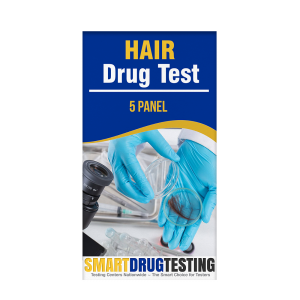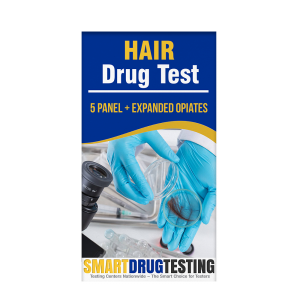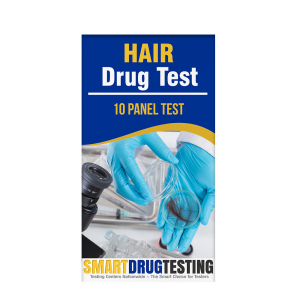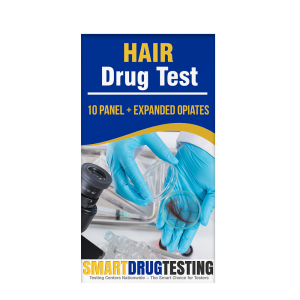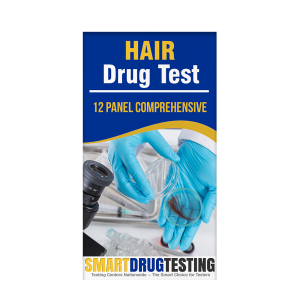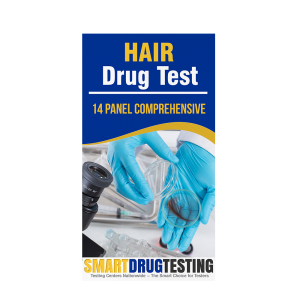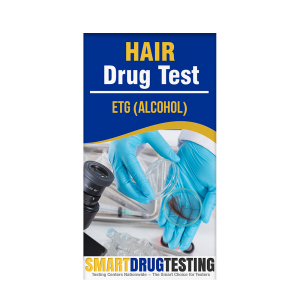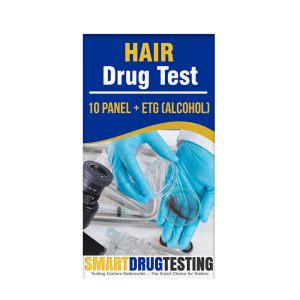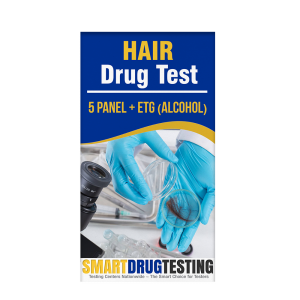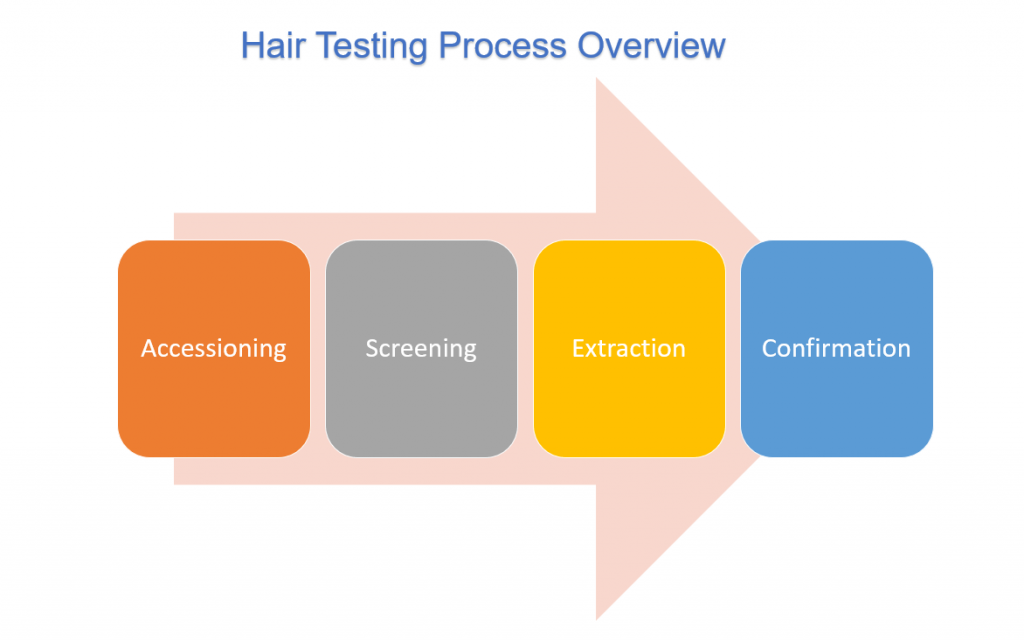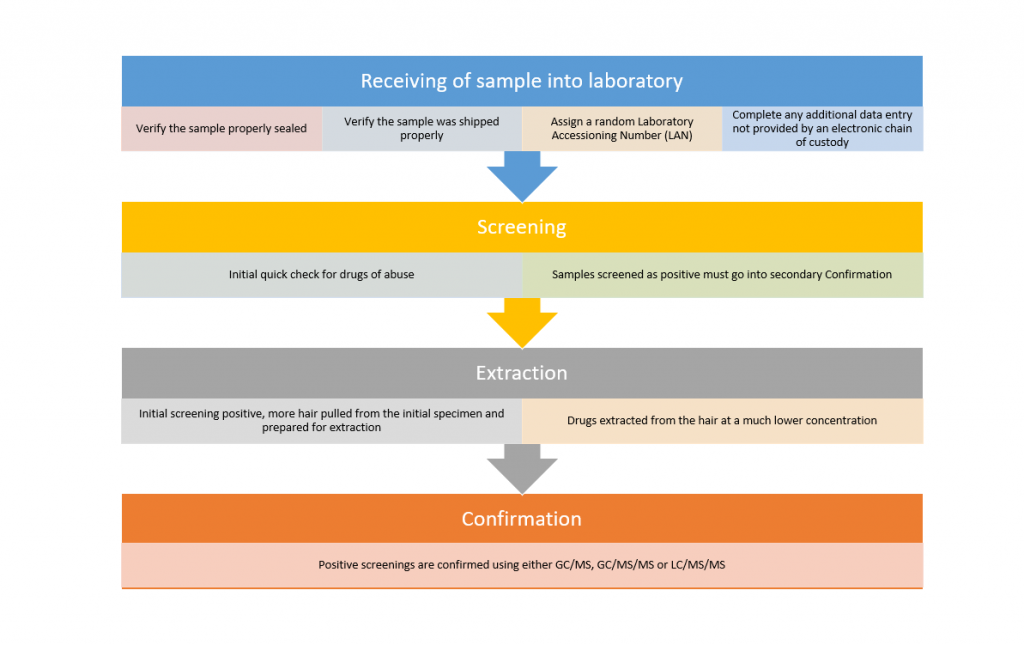Hair Drug Testing Columbia, PA

Schedule your hair drug test at our Columbia, PA drug testing centers. Employment, court ordered. Same day service. Call us today (800) 977-8664 or schedule online. Smart Drug Testing provides Columbia Pennsylvania hair drug testing with a detection period up to 90 days. Our Columbia Pennsylvania testing centers are within minutes of your home or office.
Have questions? We can help! Getting a hair drug test can be quite intimidating. We can answer all your questions. In recent years, the method to conduct drug testing has more frequently included a hair drug test. Many employers, courts and Substance Abuse Professionals are requiring a hair drug test instead of a standard urine test.
Schedule Your Hair Drug Test Today
-
Hair Follicle Drug Tests
5 Panel Hair Follicle
Standard 5 Panel Hair Follicle Drug Test.
$139.99 Order Now -
Hair Follicle Drug Tests
5 Panel Hair Follicle + Exp. Opiates
Standard 5 Panel Hair Follicle Drug Test with Expanded Opiate testing.
$189.99 Order Now -
Hair Follicle Drug Tests
10 Panel Hair Follicle Drug Test
Standard 10 Panel Hair Follicle Drug Test.
$239.99 Order Now -
Hair Follicle Drug Tests
10 Panel Hair + Exp. Opiates
Standard 10 Panel Hair Follicle Drug Test with Expanded Opiate Testing.
$289.99 Order Now -
Hair Follicle Drug Tests
12 Panel Hair (Comprehensive)
A 12 Panel Hair Follicle Drug Test including Expanded Opiate Testing.
$339.99 Order Now -
Hair Follicle Drug Tests
Hair Follicle ETG (Alcohol)
Hair ETG Test with 90 day detection period. (appointment may be required)
$349.99 Order Now -
Hair Follicle Drug Tests
10 Panel + ETG (Alcohol)
Standard 10 Panel Hair Follicle Drug Test with ETG Alcohol testing.
$499.99 Order Now -
Hair Follicle Drug Tests
5 Panel Hair + ETG Alcohol
Standard 5 Panel Hair Follicle Drug Test with Alcohol Testing included.
$399.99 Order Now
Hair drug tests are used by employers who have zero tolerance drug use policies, courts and individuals on probation. The primary advantage of a hair drug test is that it includes a much longer detection period for drug use which typically is up to 90 days. However, when screening for drug use within the last 5 days the urine test continues to be the most accurate test.
Hair drug testing is the only method available that provides up to a 90-day look back period for drug use. Data has shown that hair drug testing provides almost twice the number of positives because of its longer window of detection (look back period). If a donor has no hair on their body, then a hair test cannot be performed!
What is the Process for a Hair Drug Test?
FAQ's About Hair Drug Testing
What Drugs are Screened for in a Hair Test?
5 Panel Hair Follicle Drug Test
The 5-panel hair follicle drug test screens for the following
- Amphetamine
- Cocaine
- Marijuana
- Opiates
- Phencyclidine (PCP)
5 Panel w/ Expanded Opiates Hair Follicle Drug Test
The 5-panel w/ expanded Opiates hair drug test screens for the standard 5 drugs but will also screen for Opiate class drugs such as pain killers, which may indicate abuse of prescription drugs.
- Amphetamines (amphetamine, methamphetamine, MDMA, MDA)
- Cocaine (metabolite)
- Marijuana (THC)
- Phencyclidine (PCP)
- Opiates (Codeine Morphine Hydrocodone Heroin (6-monoacetylmorphine (6-AM)
- Expanded Opiates Hydrocodone Hydromorphone Oxycodone Oxymorphone
Introduction to Columbia
Columbia, formerly Wright's Ferry, is a borough (town) in Lancaster County, Pennsylvania, 28 miles (45 km) southeast of Harrisburg on the east (left) bank of the Susquehanna River, across from Wrightsville and York County and just south of U.S. Route 30. The settlement was founded in 1726 by Colonial English Quakers from Chester County led by entrepreneur and evangelist John Wright. Establishment of the eponymous Wright's Ferry, the first commercial Susquehanna crossing in the region, inflamed territorial conflict with neighboring Maryland but brought growth and prosperity to the small town, which was just a few votes shy of becoming the new United States' capital. Though besieged for a short while by Civil War destruction, Columbia remained a lively center of transport and industry throughout the 19th century, once serving as a terminus of the Pennsylvania Canal. Later, however, the Great Depression and 20th-century changes in economy and technology sent the borough into decline. It is notable today as the site of one of the world's few museums devoted entirely to horology.
The area around present-day Columbia was originally populated by Native American tribes, most notably the Susquehannocks, who migrated to the area between 1575 and 1600 after separating from the Iroquois Confederacy. They established villages just south of Columbia, in what is now Washington Boro , as well as claiming at least hunting lands as far south as Maryland and Northern Virginia. Captain John Smith reported on the Susquehannock in glowing superlatives when a traveling group visited Jamestown, Virginia; he estimated their numbers to be about 2,000 in the early 1600s. The French ran across them in the area around Buffalo, apparently visiting the Wenro, and suggesting their numbers were far greater. The Province of Maryland fought a declared war for nearly a decade, signing a peace in 1632, against the Susquehannock Confederation who were allied to New Sweden and furnishing fire arms to the Susquehannocks in exchange for furs. The American Heritage Book of Indians reports the tribe occupied the entire Susquehanna Drainage Basin from the divide with the Mohawk River in lower New York State and part of the west side of the Chesapeake Bay in the Province of Virginia, while noting the confederation numbered between 10-20,000 in the mid-1660s when they came close to wiping out two Nations of the Iroquois. An virulent epidemic struck the Susquehannock towns during 1668 or 1669 and is believed to have lasted or recurred or morphed to plagues of other disease possibly killing up to 90% of the Amerindian nations people. By 1671-1672 they were beset on all sides—with attacks from colonial settlers, raids from the weakened Iroquois and the long subjugated Lenape band occupying the Poconos and Lehigh Valley. In that decade, Pennsylvania, Connecticut and New York all claimed the Susquehannock lands of the Wyoming Valley, where the remnants of the nation were to recoil into a few scant under populated towns. In 1678, the Governor of New York would sign a treaty with the League of the Iroquois requiring them to take in the Susquehannocks. The Iroquoian cultures universally supporting adoption, absorbed the people. Small bands moved west across the Susquehanna to new villages such as Conestoga Town and some are believed to have trekked through the gaps of the Allegheny to the virtually empty lands beyond the Alleghenies, perhaps mingling there with other Iroquoian peoples such as the Seneca, Wenro and Erie peoples forming the new clans and towns as the (new) Mingo people whose small bands known to be present in Western Pennsylvania and Eastern Ohio in the early 1800s.
In 1724, John Wright, an English Quaker, traveled to the Columbia area (then a part of Chester County) to explore the land and proselytize to a Native American tribe, the Shawnee, who had established a settlement along Shawnee Creek. Wright built a log cabin nearby on a tract of land first granted to George Beale by William Penn in 1699, and stayed for more than a year. The area was then known as Shawanatown.
We also offer 9, 12,14 and 17 panel hair tests. For more information on hair testing or to order a hair drug test in Columbia, PA, call Smart Drug Testing at 800-977-8664 or pick your test below.
Hair Drug Testing Locations in Columbia PA
(Don't see a location near you? Call us (800) 977-8664)

